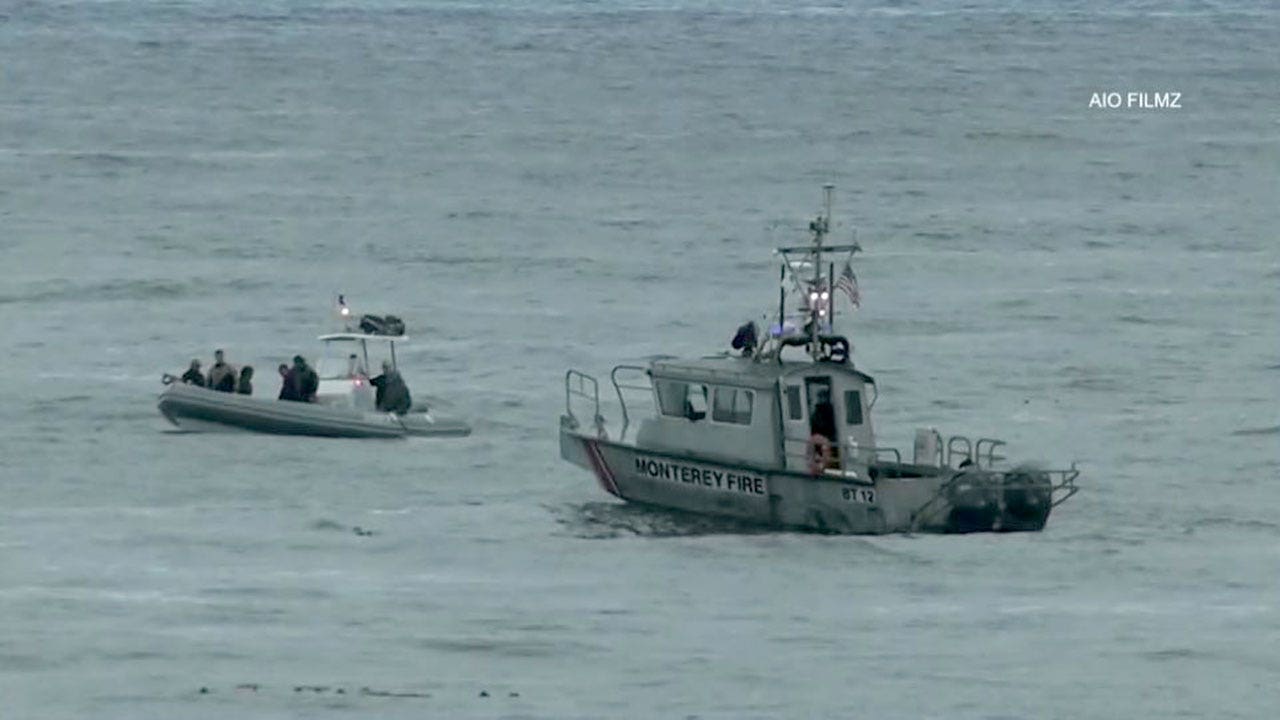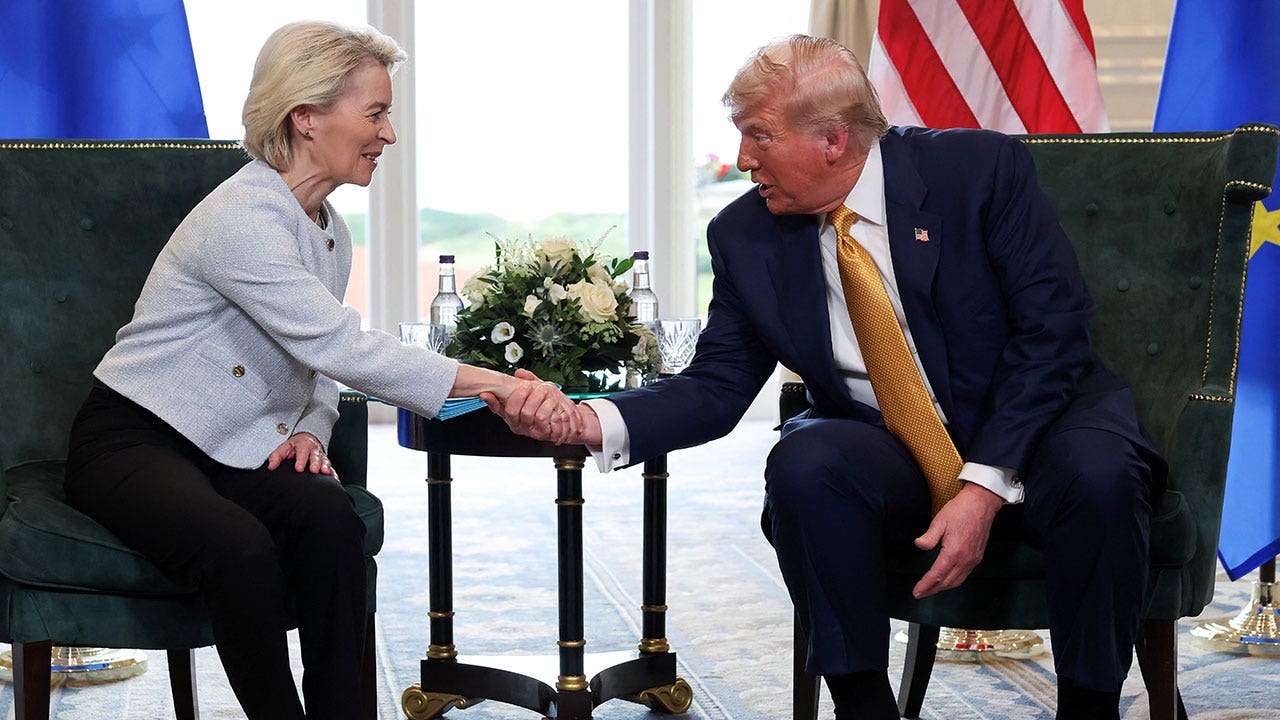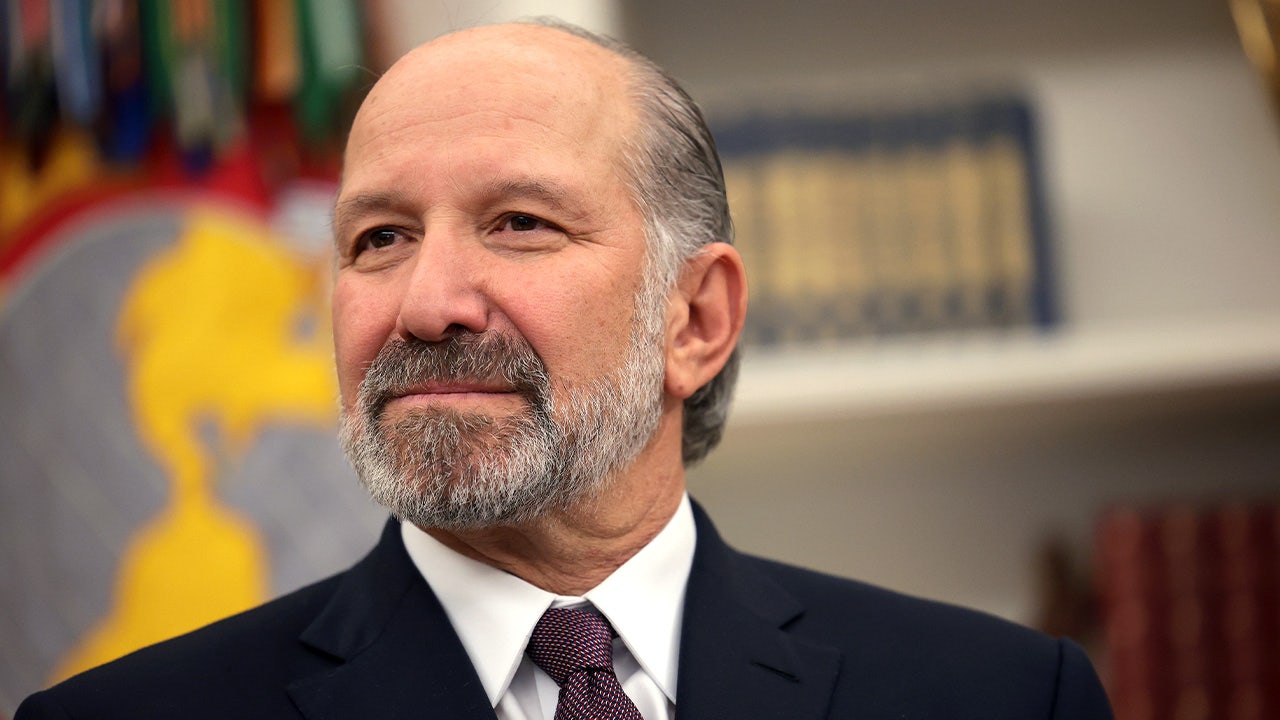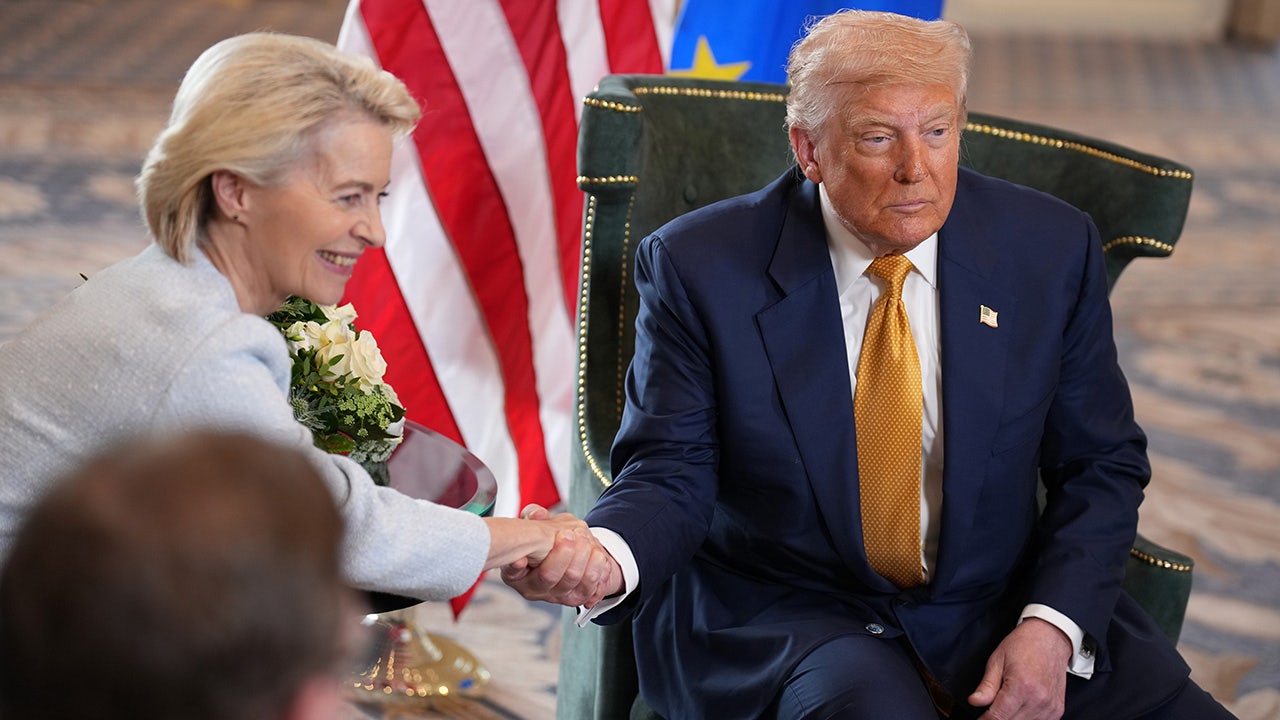President Donald Trump on Sunday announced that the U.S. and European Union had reached an agreement on a framework for a trade deal.
Trump and European Commission President Ursula von der Leyen unveiled the deal following a meeting in Scotland, which will bring certainty to the tariff policy that had been in flux for much of the year.
“We are agreeing that the tariff straight across for automobiles and everything else will be a straight-across tariff of 15%,” Trump said. “So we have a tariff of 15%. We have the opening up of all of the European countries, which I think I could say were essentially closed.”
Under the terms of the trade deal, nearly all goods from the EU will be subjected to a 15% baseline tariff, which is lower than the 20% “reciprocal” tariff that Trump announced at his “Liberation Day” event in early April, but significantly higher than the 2.5% tariffs in place last year.
EURO, INVESTOR SENTIMENT RISES AFTER US-EU AGREE TO FRAMEWORK TRADE DEAL
As Trump referenced, the tariff on cars and auto parts will face a 15% tariff, which is lower than the 27.5% he levied on EU autos earlier this year.
Tariffs on pharmaceutical products and semiconductors will be subject, temporarily, to a 0% tariff until the U.S. finishes Section 232 trade investigations into the security implications of those products in the next few weeks. The result of that will be used to impose new global tariff rates on those sectors.
European pharmaceuticals and semiconductors won’t face tariffs higher than 15%, regardless of the tariff rates applied to other countries. Similarly, tariffs on timber and copper will be determined after separate Section 232 investigations, but won’t exceed 15%.
The U.S.’ 50% tariffs on steel and aluminum are expected to stay in the near term, though the U.S. and EU agreed on replacing that tariff with a quota system that the two sides will negotiate.
Europe’s steel exports within the quota would face tariffs at the most-favored nation tariff rate under World Trade Organization rules, which are relatively low and can be zero depending on the grade of steel. By contrast, the EU’s steel exports outside the quota would face a 50% tariff.
TRUMP SECURES HISTORIC $550B TRADE DEAL WITH JAPAN: ‘NEVER BEEN ANYTHING LIKE IT’

The U.S. and EU will have zero-for-zero tariffs on a variety of goods, including aircraft and their component parts; certain chemicals and generic drugs; along with semiconductor manufacturing equipment, natural resources and critical raw materials.
Some agricultural products would fall under the zero-for-zero tariff regime – but sensitive products like beef, rice, ethanol, sugar and poultry are excluded. Other products are expected to be added to the zero-for-zero tariff list between the U.S. and EU – though the two sides haven’t established a tariff rate for wine and spirits.
Additionally, the deal included a commitment by the EU to make $750 billion in strategic purchases from the U.S., including oil, liquefied natural gas (LNG) and nuclear technology during the remainder of Trump’s term in office.
Those will include spot purchases of oil, long-term contracts for LNG and nuclear technology, with the amount estimated on Europe’s planned phase out of energy purchases from Russia.
TRUMP ‘ABSOLUTELY’ GOING TO RENEGOTIATE USMCA, LUTNICK SAYS
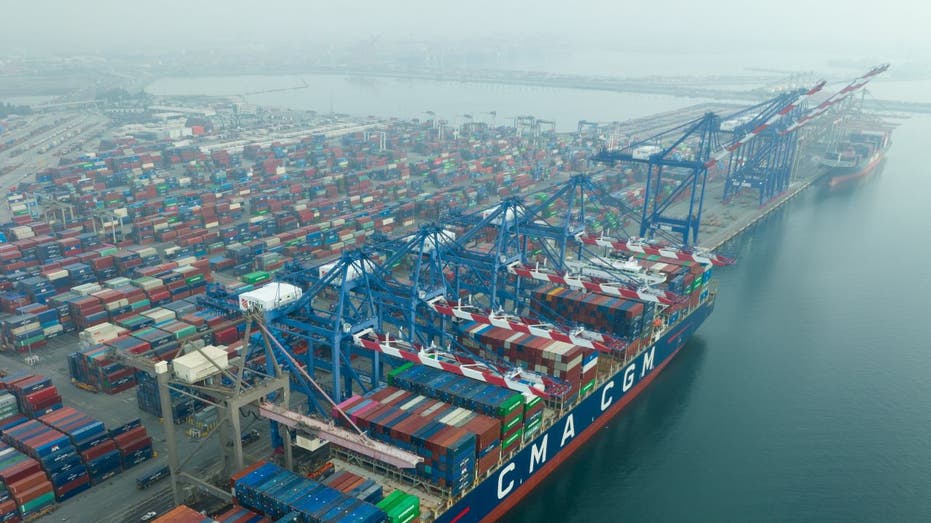
The EU is also expected to make other strategic purchases of semiconductors from the U.S. above the $750 billion deal, with the U.S. serving as the preferred vendor for its chips.
European companies are also expected to invest $600 billion in the U.S. during the remainder of Trump’s second term. EU officials said the figure is based on the combined investment intentions expressed by European companies, though those private companies’ ultimate actions are beyond the control of the EU, an economic and governmental bloc.
The investment deal also differs from the terms reached between the U.S. and Japan last week, under which Japan’s investment of up to $550 billion will cover equity, loans and guarantees from state-run agencies at Trump’s discretion.
The U.S.-EU trade deal framework will also see EU member states commit to buying U.S. military equipment, although the amount isn’t specified by the deal.
Ahead of the deal with the EU, the Trump administration reached a deal with Japan last week and is pursuing a deal with China.
“When Japan broke down and made a deal the EU had little choice,” said Jamie Cox, managing partner for Harris Financial Group. “The biggest piece in the trade deal puzzle still remains, and the Chinese are unlikely to be as willing to fold. The next big durable theme in markets is security, and the EU deal only accelerates it.”
Fox News Digital’s Bradford Betz and Reuters contributed to this report.
